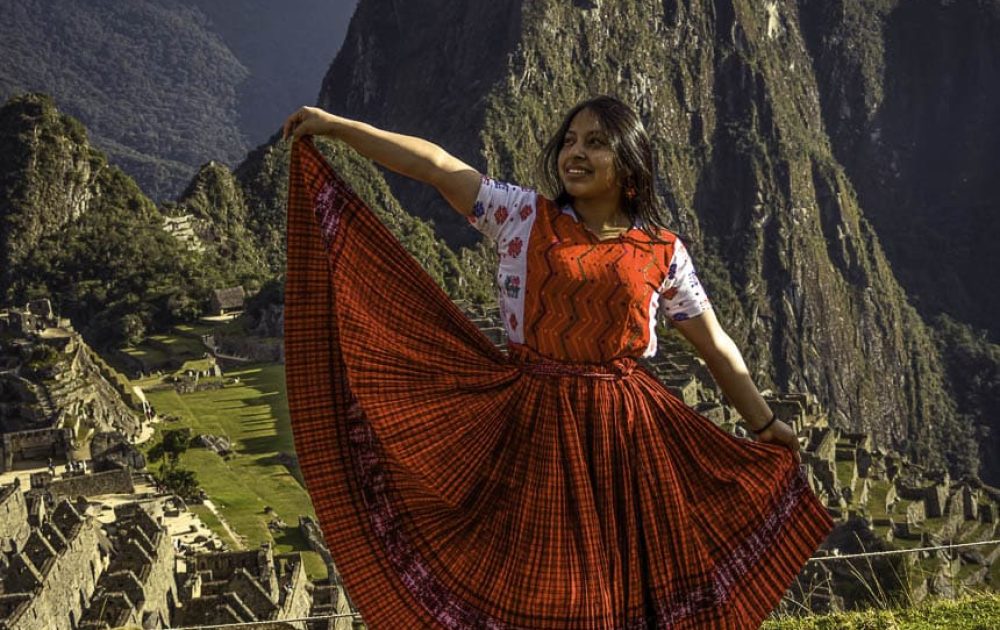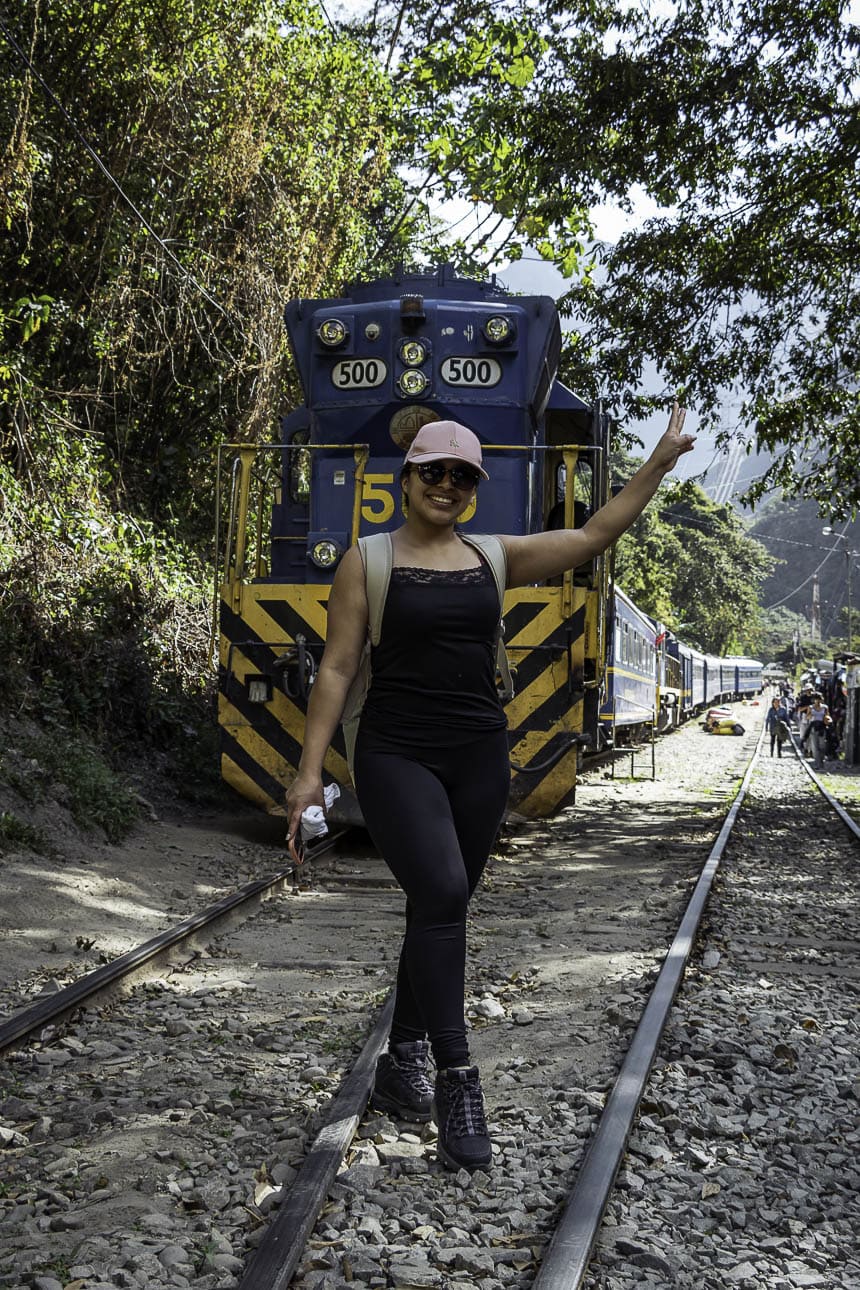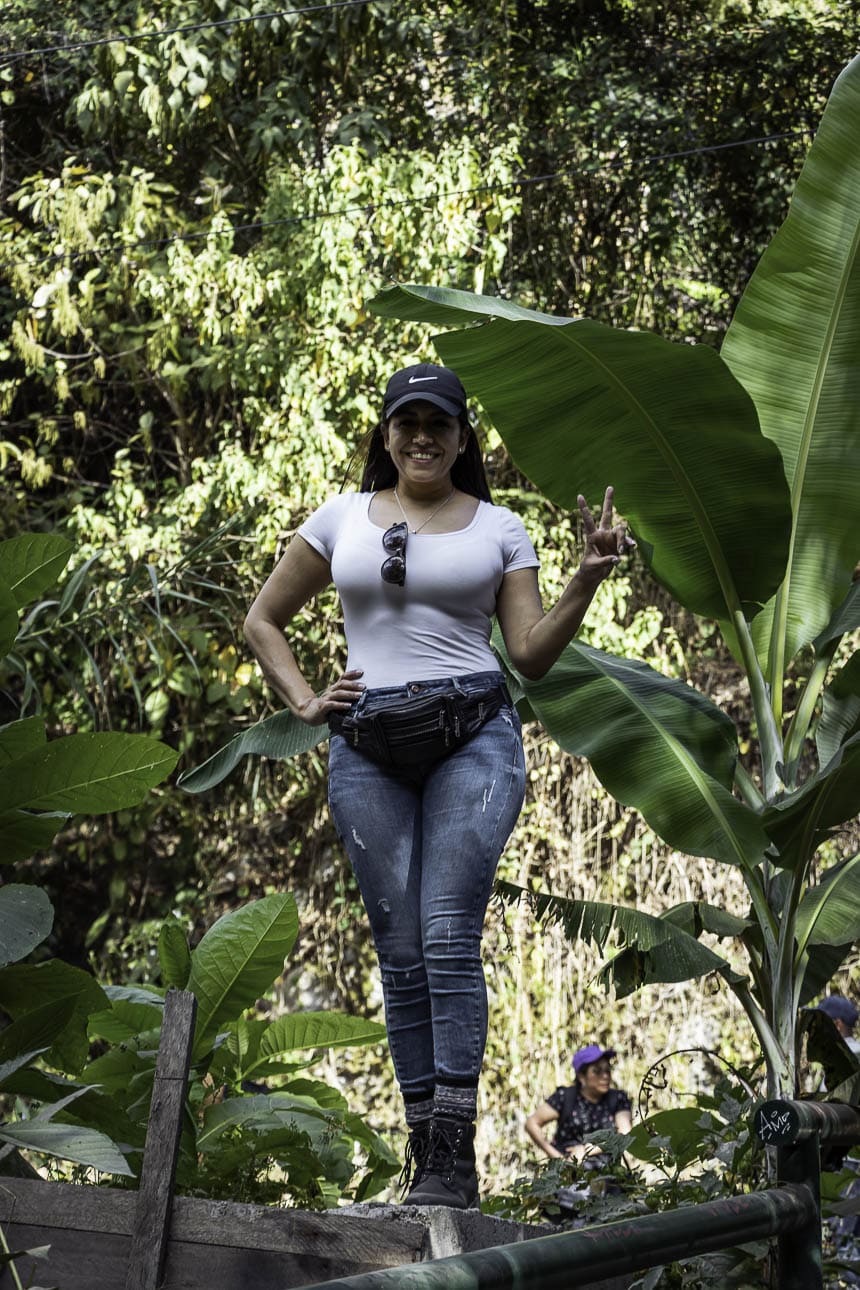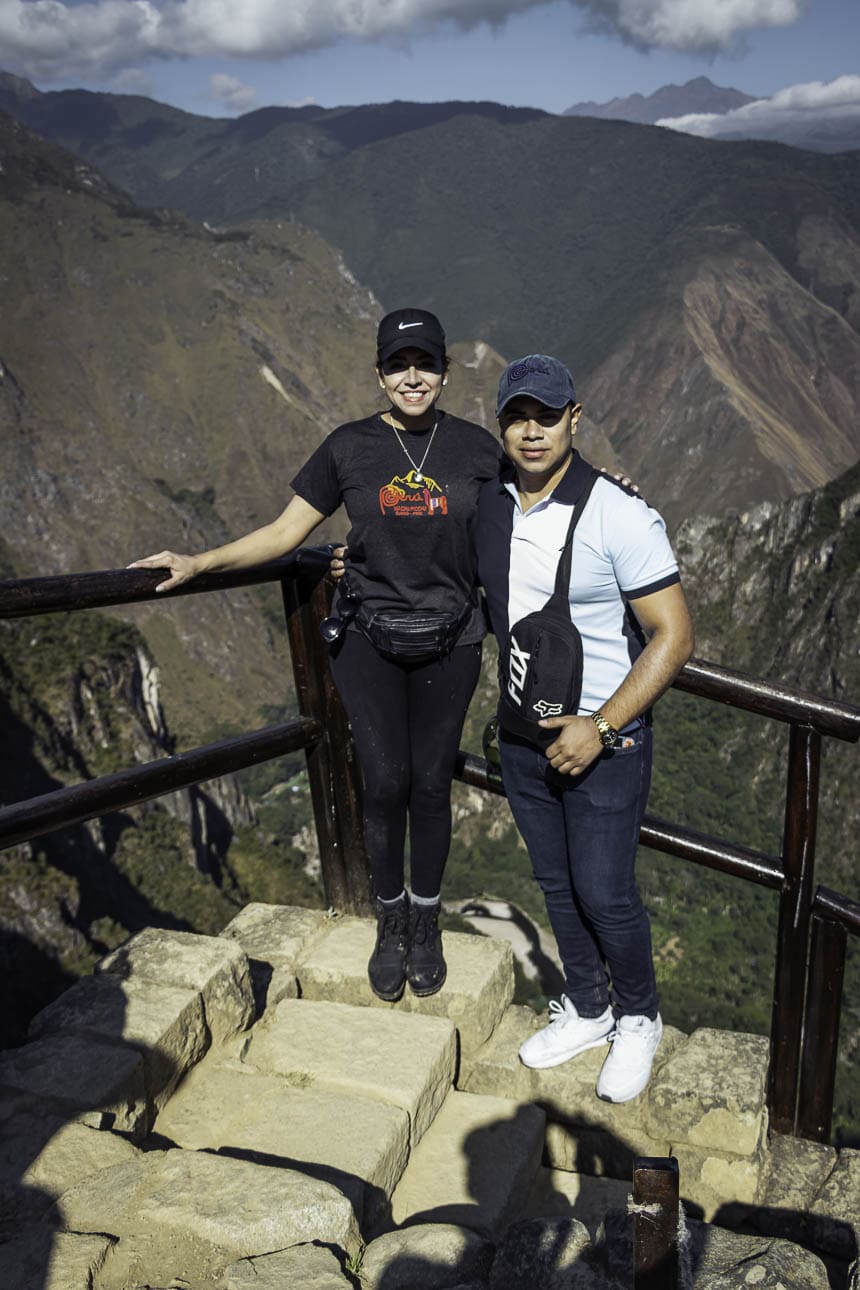- Salidas diarias
- Servicio grupal
- Guía de turismo
- 6:00 am Hrs
- Recojo desde hotel
- Español
- It is advisable to make a reservation 4 months in advance.
Experience the exciting trek of the Inca Trail 04 days and 03 nights, a unique combination of adventure and comfort that will allow you to know the wonder of Machu Picchu. The Inca Trail trek is an experience open to all, linking the city of Cusco with the famous citadel of Machu Picchu, and is considered the best trekking route in Peru and one of the best in the world.
¿Por qué amarás el Classic Inca Trail 04 days and 03 nights?
- You will travel the Classic Inca Trail, the most important trail
- You will visit the Inca wonder Machu Picchu.
- We are 100% local operators
Itinerario
Day 1: Cusco - KM 82 - Wayllabamba
06:00 am: We proceed with the pickup and the start of the tour from your hotel of choice in the city of Cusco.
We make the trip in tourist transport to the starting point, with stops at interesting and special points such as viewpoints to take advantage of the beautiful scenery, and then pass through the control of the Inca Trail at km 82 located in Pisacucho.
We will enjoy a delicious lunch made by our team in Miskay.
We will start our hike by passing by the beautiful archaeological group of Patallacta and finally we will arrive at Wayllabamba where we will spend the first night.
Day 2: Wayllabamba - Pacaymayo
We will have ready and enjoy our breakfast at the camp. Then we will start our hike through the mountains.
We will enjoy our lunch in Lluclluchampampa, so we can recover all the lost energy to overcome our biggest challenge, the Warmiwañusca pass.
We will continue our journey until we reach our camp located in Pacaymayo where we can have dinner and spend the second night in the camp.
Day 3 : Pacaymayo - Wiñaywayna
We will have breakfast at the campsite. We will continue our hike passing by the archaeological center of Runkurakay, our resting place.
We will also enjoy the archaeological center of Sayacmarca until we reach Phuyupatamarca where we will have lunch and an impressive panoramic view.
Finally we will advance to our last camp located in Wiñaywayna where we will have our dinner.
Day 4: Wiñaywayna - Machu Picchu - Cusco
After enjoying our breakfast at the camp, we proceed to say goodbye to the team and continue our journey to the Sun Gate or Inti Punku.
From this place we will have a privileged view of the entire citadel of Machu Picchu, we continue descending with a guided tour and we finish our trip when we arrive at Aguas Calientes.
In the afternoon we will have enough time to enjoy our lunch on our own, and then we indicate how to get to the train station and return to Ollantaytambo, where finally the transport will wait for us to return to Cusco.
¿Qué incluye?
- Introductory talk or briefing before the trip.
- Pick up from the hotel of your choice for the beginning of the trip.
- Tourist transport from Cusco -Pisacucho(km 82).
- Tourist Transport from Cusco -Pisacucho(km 82).
- Camping Equipment: Camping tent, foam mattresses (suitable for the trip), cooking equipment, dining tent, utensils.
- Special Coca tea in the mornings.
- Boiled water to be able to fill canteens, bottles, and camelbak.
- Special Coca tea in the mornings.
- Self-guided professional tour guide.
- Safety equipment, including radio transmitter.
- First aid kit.
- Complete meals during the days of the trek, including 03 breakfasts, 03 lunches, and 03 dinners.
- Entrance ticket to the Inca Trail.
- Entrance ticket to Machu Picchu.
- Consettur bus ticket: Downhill.
- Tourist train ticket: Aguas Calientes – Ollantaytambo.
- Tourist transportation: Ollantaytambo – Cusco.
¿Qué no incluye?
- Domestic or international air flight.
- Sleeping bag.
- Special entrance ticket to Huaynapicchu.
- Personal porter.
- Lodging service.
- Walking sticks.
Hoteles
Precios
Recomendaciones
Before booking
- To book this excursion, it is necessary to make your reservation as far in advance as possible.
- The excursion is conducted in two languages: English and Spanish.
- A minimum of 02 participants is required.
- Level of demand: A high level of physical fitness and a good state of health are required.
- The agency's porter will only carry the group's household equipment. Each traveler must carry their own sleeping bag, matra or mattress, and additional luggage.
Before traveling
- Original passports or personal documents (with which the reservations were made / copies are not accepted).
- Extra money, preferably in local currency and low denomination for snacks and souvenirs.
- A light backpack or briefcase per person of 20 liters.
- Sunscreen, insect repellent, wide-brimmed hat for sunny days.
- Trekking shoes.
- Requisitos legales y de seguridad antes de viajar








